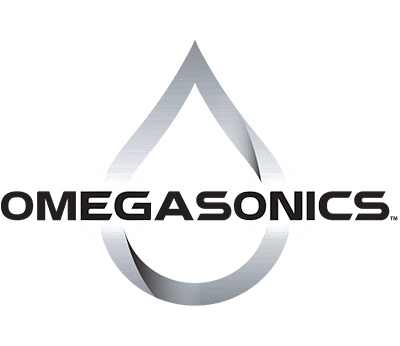One visit into a room with a patient infected with a virus such as Ebola generates an enormous amount of contaminated Personal Protective Equipment (PPE).
Cleaning PPE with normal cleaning methods is not enough. So what can be done to prevent the continual replacement of expensive PPE?
A good bit of the PPE is disposable and is burned. As for the rest of it, ultrasonic cleaners can help.
The Importance of PPE when Treating an Infectious Disease
With a virus like Ebola, having PPE to protect healthcare workers is essential. Without it, the risk of infection spreading is great.
Ebola spreads when infected bodily fluids make contact with open wounds on the skin (remember that paper cut?) It can also be contracted when the virus gets into a mucus membrane like the eyes or the mouth. This means to ensure that the virus does not spread, all skin and mucus membranes must be covered.
Not only must care be taken when putting on PPE, but also when taking it off. This includes proper disposal of items that should be disposed of, and proper cleaning and sterilization of equipment that is to be reused.
CDC Recommendations for Cleaning PPE and Biohazard Equipment
According to the CDC, any items that have been contaminated must be cleaned and sterilized before being used again with a patient. If PPE and other devices are not cleaned properly, then there is a chance of compromising the sterilization process and potentially spreading the virus or infection.
Before the sterilization process, all dirt, debris, and microorganisms must be removed from the items. The two methods that they mention are to use good old soap, water and a scrub brush, or to use an ultrasonic cleaner.
In order to increase the time from soiled to reusable, the CDC recommends automated processes such as ultrasonic cleaning be used over more traditional methods. Ultrasonic cleaners also improve the effectiveness of the cleaning. It will also decrease the chances that workers performing the cleaning will be exposed to the virus or other contamination present.
The vibrating molecules in the solution create a vacuum when the ultrasonic cleaner is in operation. This vacuum is able to pull out any hidden microorganisms from cracks, crevices or hinges that might be on the medical equipment.
Handling Contaminated Items for Cleaning
The CDC recommends that you should treat any PPE that may be contaminated as if it were. This means wearing heavy puncture resistant gloves, a face mask, eye protection, a gown or a jacket. This is due to the potential of splashing that might occur during the cleaning process.
Once the cleaning process ends, remove the clean items immediately. This will ensure that items are not contaminated and will avoid getting any extra moisture into the PPE.
As you can see, Omegasonics ultrasonic cleaners are doing their part in the fight against Ebola and other life-threatening viruses. Call us or contact us with any questions you might have about cleaning PPE with an ultrasonic cleaner.

